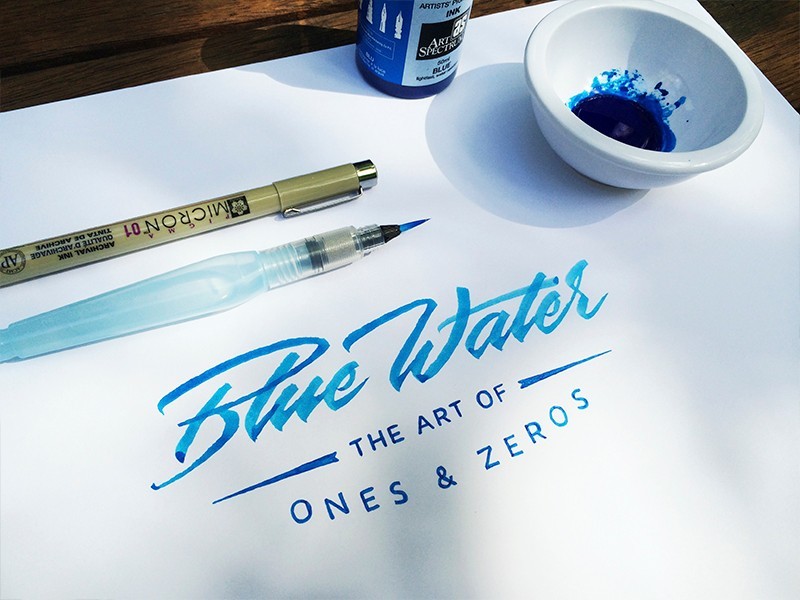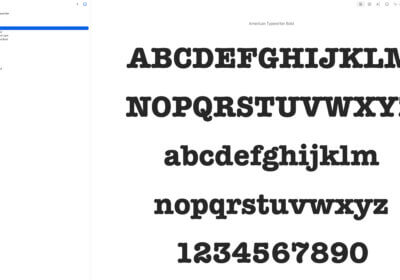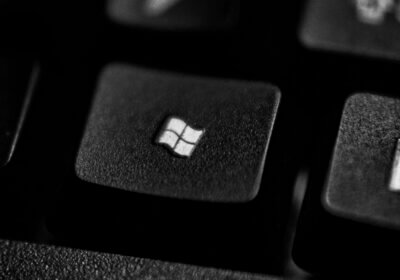The world of the best cursive fonts is sophisticated and intimidating if you are a beginner. What is more, one of the most asked questions in a designers’ community is: How to find a cursive font you’ve seen in a design?
Let’s start with the beginning, i.e., what cursive fonts and why are they looked upon as some of the best script fonts to be used by graphic designers.
A cursive font represents a distinctive variety of handwriting where symbols are joint together in writing, which results in an unbroken writing style. Cursive handwriting fonts were aimed to produce a slicker and faster writing form.
However, not all cursive writing fonts feature conjointly written language symbols. Types of unconventional cursive writing are Cyrillic or Arabic types of cursive fonts with their unmistakable undulating strokes or casual scriptwriting.
Also, despite our tendency to associate cursive fonts with curves, cursive letter fonts are not about curves. The origin of the word cursive resides in the French cursif and the Latin cursivus, both of which mean flowing or running, not curvy.
Cursive Typography
Cursive fonts are recognized as some of the best script fonts. Script fonts use flowing handwriting strokes and can be divided into formal writing fonts, e.g., diplomas or invitations, and casual script fonts with their informal charm.
However, cursive script writing is generally about an un-attached handwriting style where letters do brush against each other but are not joined together. Cursive script fonts are all about a flowing style rather than conjoined language symbols.
Several characteristics define cursive fonts: they use a calligraphic writing style (e.g., engraving, pen drawing) and are defined by a curved style, exceedingly stylized upper cases, and, of course, the unmistakable swashed details, intrinsic to cursive fonts.
With pretty cursive fonts you have to avoid highly stylized details that will make script fonts challenging to read. Veer away from cursive fonts when using all caps because they can be confusing, and, on a more practical level, they use up too much space.
The Development of Cursive Fonts
The best script fonts aroused in the form of cursive types in the 19th century with the growth of the print industry. To outpower competitors, foundries created a variety of cursive types that survived until the 1930s, a period when cursive fonts became truly popular script fonts.
For the next 20 years, cursive fonts delivered via brush writing and pen writing were used to create that emotional bond with the reader either on a personal level in letters or on a commercial level in the advertising industry. Penmanship was crucial.
The popularity of cursive fonts had led to foundries developing a full spectrum of cursive writing styles to be used when skilled lettering experts were not available, or penmanship was too expensive.
Cursive Fonts That Made History

- Max Kaufman developed what is now known as Kaufman Bold (Similar free fonts for Kaufman Bold) in the 1930s. A whole family of cursive fonts developed from the Kaufman Bold, which was the icon of classic joined scripts with delicate and soft forms. It was a high-ranking font in its period.
- Patricia Saunders at Monotype Corporation developed the Monotype Corsiva font, an italic cursive font inspired by the 16th-century Italian penman Ludovico Vicentino degli Arrighi. Monotype Corsiva had swashed details and the classical stylized initials.
- Gunter Gerhard Lange at Berthold developed the Berthold Cursive font publicized in 1977. Friedrich Poppl, a professor, and designer, created the elegant Poppl-Residenz Pro font for Berthold around the same time.
The Importance of The Nostalgic Cursive Fonts
The best script fonts reminisce a moment in time when handwriting was indispensable for communication, which was done via letters, poems, or prose. As more convenient means of communication developed, handwriting has lost its meaning and died out or survived as a form of rare art.
Essentially, the role of cursive fonts in today’s world of design is to cultivate the finesse of personal touch, recreate an emotional bond, and add a humanizing appeal in a world that is more than just a little harsh around the edges.
Cool cursive fonts are not readily identifiable though, but technology, such as WhatFontIs that features a massive archive of the best script fonts, can make it easy for you to recognize a cursive font. It is a free tool that identifies your font in three simple steps provided that you have a sample of the respective font.
WhatFontIs: The Basics
As mentioned earlier, WhatFontIs is a free tool that comes with a premium version designed with the needs of professional users in mind. The free version serves just fine the purpose of a beginner and here are the three steps that you need to take n order to use WhatFontIs your font searching tool.
Register on the WhatFontIs website

As a first-time user of the website, the first step is registering. That can be achieved with a new email address or with one of your social media accounts. Make sure you confirm your account within 24 hours as required.
Upload a Sample on the WhatFontIs website
The best thing about this tool is that you have several options to upload your font sample. You can upload it as a file that contains the font that you wish to identify among the best script fonts available, or you can also upload a screenshot of the cursive font writing that you are searching.
You may as well upload the URL of the website where you’ve encountered the font you are interested in, or even drag image here, or copy and paste. With so many options, you will undoubtedly be able to upload your sample and proceed with search and identification. You can also check these tips out for further convenience:
Tips:
- WhatFontIs accepts Latin letters only; make sure letters are not attached.
- The website requires at least one line of horizontal text, and accepted formats include GIF, JPG, or PNG.
- Check the bad and good submittal examples available on the WhatFontIs website to upload your sample correctly
- Consult the FAQ page for search-related techniques and tips
Select the best match from your WhatFontIs

If the uploaded cursive font is not particularly unique, WhatFontIs will find a match among its huge archive that contains different cursive fonts, from cursive fonts in Word, thick cursive font, curvy fonts, modern cursive font, mission script font, cute cursive fonts, cursive letter fonts, and more.
If the sample is highly customized or even unique, and WhatFontIs cannot identify it precisely in its vast collection of the best script fonts, you will be delivered one or more examples that are close enough to serve your purposes.
Tips:
- When WhatFontIs cannot provide you with a positive identification, you can have other users have a look at it by submitting it to the forum. Some heavy users are amazing at recognizing fonts.
- To make your font searching more convenient, you can always download the WhatFontIs.com add-on for Firefox or browser extension from Chrome.
WhatFontIs: Premium Version
For those of you who intend to use this service heavily, WhatFontIs offers a premium version, which you can opt for even if you are not a heavy user. The premium version targets those users who need to run more than five searches a day through the WhatFontIs website.
As far as cost is concerned, you are free to conduct as many searches you want against either a monthly fee of $2.99 or an annual fee of $29.90. With the premium version. To make fonts easier to identify, the premium version allows entering as many as 15 characters, which increases the chance of finding a match.
Another benefit of the premium version is that the user will be able to submit an unrestricted number of posts to the forum, which allows for better interaction with other users and access to the information that they can provide based on their experience and expertise.
Ending thoughts on how to find a cursive font
The best script fonts are not always slick, graceful, and narrow. They have adapted to fit in a world of complex patterns and textures. As a result, cursive fonts can sometimes be rough and bold and still maintain a flowing elegance.
Without a doubt, cursive fonts are a multifaceted tool that allows designers to achieve almost any feel they want in their projects: an ultra-modern touch, an old-fashioned feel, a dynamic rhythm, groovy energy, or a hipster allure.
Cursive fonts are not only able to reproduce the lost elegance of long-gone times, but they can be a stroke of magic that brings to life refinement, fluidity, charm, precision, and gracefulness.
If you enjoyed reading this article about how to find a cursive font, you should read these as well:







